
On average, well water replenishes at about 5 gallons per minute, but the rate varies depending on several factors. Such factors include age and geology of the well, usage period, and the aquifer tank which receives the replenished well water.
Want to know how exactly these factors affect the replenishing of well water? Keep reading to find out!
- How Long Does It Take for Well Water to Fill Back Up: 3 Main factors
- How to Improve Water Well Recovery Rate? (6 Smart Strategies]
- How Do You Know if Your Well Is Running Dry? [5 Signs to Look For!]
- How Do I Keep My Well From Running Dry?
- My Well Ran Dry. What Next? [3 Actionable Steps]
- How Fast Does Well Water Replenish: FAQs
How Long Does It Take for Well Water to Fill Back Up: 3 Main factors
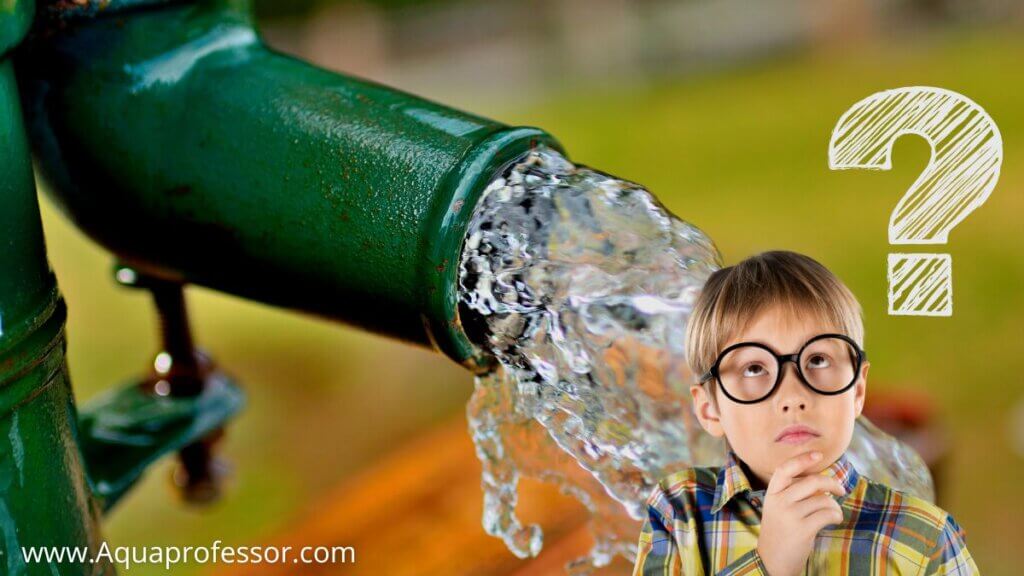
You might have heard of well recovery rate before. Now, what exactly is Recovery Rate? Recovery rate is the rate of inflow of water into the lower portion of the well from outside sources like rock fissures and openings, while water is simultaneously being pumped out of the well.
Some people use flow rate instead of recovery rate, and let me tell you, they are all correct. Well water recovery rate is the same as the water flow rate. The point is that water recovery or flow rate differs from the pumping rate.
Water pumping rate, on the other hand, is the rate of flow of water out of the well. It is the exact opposite of the water flow rate. In simpler words, the water flow rate determines the flow of water coming into the well, and the water pumping rate determines the flow of water coming out of the well.
The formula for water flow rate:
Flow Rate= (Gallons drawn/time of pump cycle in seconds)* 60
Now, what are the factors that determine the water flow rate? Below mentioned are the most significant factors determining well water flow rate.
Also Read: 7 Reasons Why Is My Water Brown All Of A Sudden [With Solutions]
Well Design
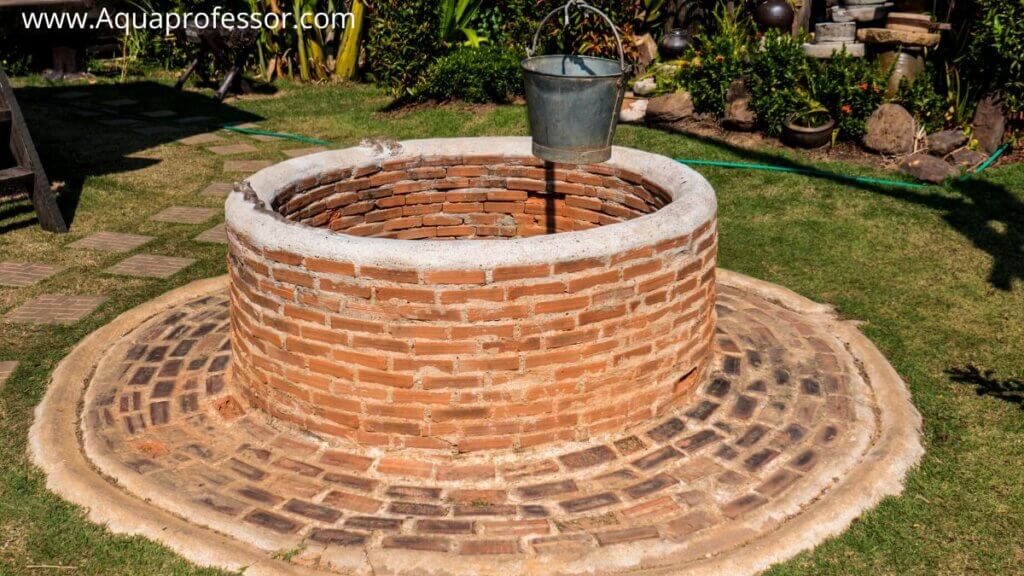
The well design and structure affect the water flow rate. It includes aspects like well depth, casing material integrity, well screen quality, etc.
Well Depth:
Well depth is an essential factor affecting the refill time of a well. If the well is not that deep, it will take less time to refill than the significantly deeper wells. Usually, wells that supply to domestic households are about 100-500 feet in depth.
Small Wells Vs Deep Wells
While small wells may take less time to replenish, they do not usually last longer than deeper wells. Deep wells, since they have much more space to accumulate a larger quantity of domestic water, last longer in time.
Another reason why deeper wells last longer is that they have a larger base area, so it takes longer for sediments to get collected at the bottom. Shallow wells (less than 50 feet deep) have less space, so they get contaminated with sediments much sooner.
Also Read: The Honest Comparison Between Aquasana & SpringWell Well Water Filtration Systems
Casing Integrity:
The casing is present within the hole of the well. The material and durability of the casing are essential in determining the refilling of a well. It is better if the casing material is solid and durable.
If low-quality material is used for the casing, it will soon disintegrate and develop holes. Due to these holes, water might find a way to escape. Now, no matter how much you fill the well, it will never be 100% again since some water will always keep flowing through these holes.
Well Screen Quality:
Like Casing Integrity, screen quality must also be excellent and durable. The well screen is at the very bottom of the well and has small holes. It allows water to flow into the well but keeps saturated rocks and sediments outside.
Conclusion:
If the Well Screen material is of poor quality, it will degenerate. This will lead to the passage of dirt and sediments along with water. Over time these sediments will build up and cause a lowered flow rate of water.
Also Read: 7 Natural Ways To Remove Iron From Well Water [New Guide]
Geology
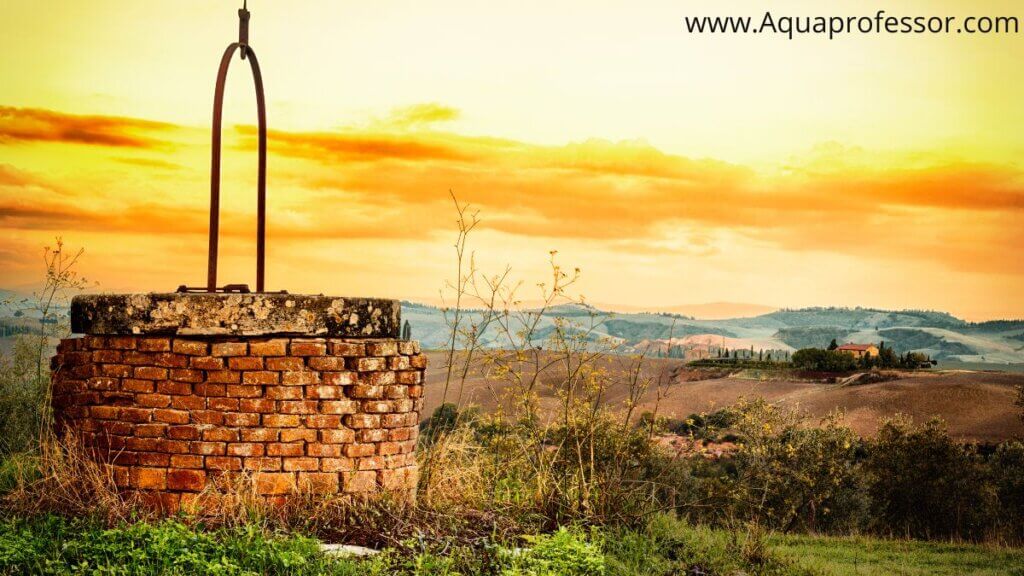
The geology of the area surrounding the well is the second factor that affects its flow rate. Let’s see how exactly the geology affects well water flow rate:
Presence of Aquifer:
Aquifers are sources of water present underneath the ground. Usually, wells are built over aquifers, connected to them via a single hole, but the wells get full access to the aquifers.
Sediment and Silt:
If you’re living in an area where sediment and silt are very significant in the soil, it may cause some trouble with your well water.
Wells in areas where sediment and silt are present in access are susceptible to sediment damage. The sediments and silt might get collected at the bottom of the well. This reduces the well water flow rate.
Also Read: Top 5 Iron Filters For Well Water [Tested and Rated]
Drought-Affected Areas:
Areas affected by drought have a longer refill time. Due to the drought, the groundwater levels deplete. This causes limited sources of water for wells and increases the refill time for the well water.
Rainfall Susceptible Areas:
Areas prone to rainfall tend to have shorter refill periods. Such areas have plenty of underground water supply, so it takes them less time to refill the entire well.
During heavy rainfall, the wells might even refill within a few minutes!
Population

The third factor that affects a well’s refill time is population. The number of people living in an area also impacts the replenishing time for a well. Here’s how it happens
Number of Wells:
The more the population, the more the number of wells present in an area. Since the aquifers are a limited water source, it will take longer to fill each well.
If many people use the same aquifer, it might take several hours to refill a well. The problem becomes worse in dry areas with even little water sources.
Number of Pools:
Like the number of wells, the number of pools also similarly affects the flow rate. The more pools present in an area, the longer the flow rate will be.
Nearby Farmlands:
Farms use a large amount of water, and their water usage is high. If your area has a lot of farms, the flow rate of your well water will likely be longer. Since the water consumption is high, it will take much longer to fill a well compared to the urban areas with no farms.
Also Read: 6 Reasons Why Your Well Water Is Turning Yellow [With Solutions]
How to Improve Water Well Recovery Rate? (6 Smart Strategies]

While some wells might have a recovery rate of upto 20 gallons per minute, the minimum acceptable recovery rate for a well is 5 GPM.
If your well has a flow rate of 5 GPM, it is considered good. If the flow rate is down to 3 GPM, it is still liveable and can be worked with. Any flow rate less than that is unsuitable and needs to be resolved.
There are several ways with which you can increase your well recovery rate. Let’s discuss a few:
Resolve Clogs and Blockages:
Clogs and blockages significantly cause decreased flow rate. They cause obstruction, and hence it takes longer to refill the well. To resolve this, look for blockages and clogs and remove them to clear the path for water. Once done, the flow rate will be increased significantly
Water Conservation:
Get back to the basics. Try limiting the use of water. This will help with practical usage, and a better water recovery rate as the water pumping rate will also be relatively lower.
Chemical Cleaning:
Chemical cleaning removes unwanted slime deposits in the bottom of the well. This will help regain the proper flow rate of well water.
Hydrofracking:
This method eliminates sediments and increases the area for water inflow. This helps refill the well faster and increases the recovery rate.
Deepening the Well:
You can also consider increasing the depth of the well. The closer the well is to the underground water source, the better will be it’s the recovery rate.
New Well:
The last resort is to get a new well. This should be your last option as it is very costly. Try other methods. If they still don’t work, get yourself a new well in a suitable location.
Also Read: Well Water vs City Water Compared
How Do You Know if Your Well Is Running Dry? [5 Signs to Look For!]
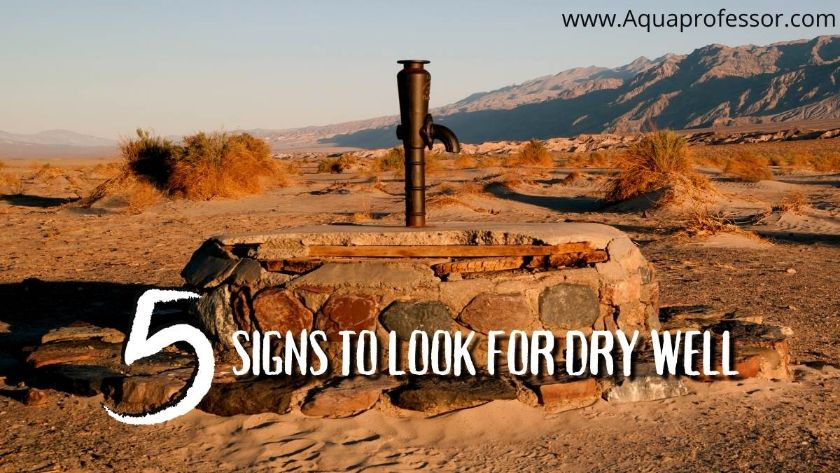
Wondering what a dry well means?
A dry well has water levels below the pump levels. This means that the well can no longer harness water. It does not necessarily mean that the well will never have water. It might replenish in the future. But for the time being, the well has gone dry, and water cannot be harnessed from it further.
Confused about whether or not your well has gone dry? Look for these signs:
Wells go dry because of heavy usage and excessive consumption. Since the water sources are limited, increased use of underground water can cause the well to dry. Similarly, the more used up a well is, the more it has chances of going dry.
Some studies show that about 1 in every 30 wells go dry in the western parts of the US, and 1 in every 5 wells go dry in the Southern California region. These are all recent developments and are caused due to heavy and careless usage of water by human activities, dry spells, climate change, etc.
Wondering how to calculate how much water is left in your well? Follow these simple steps:
This will give you the amount of water remaining in your well.
How Do I Keep My Well From Running Dry?
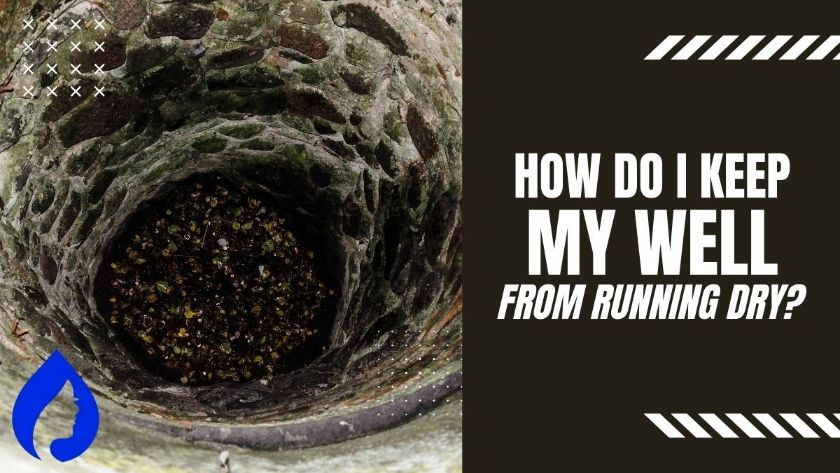
We have established that wells going dry is a significant issue and needs fixing. So, in this section, I will tell you how you can cope with the issue of dry wells.
Cut on water wastage
Since water is a limited resource, try starting by eliminating the use of excess water and using it wisely.
Conservation
No doubt, water conservation is a must. You don’t have to take drastic steps. Just help conserve water however you can.
Spread Awareness
Just one person can make a difference, but the change hits harder when a community puts in the effort. Educate and speak awareness around your neighborhood.
My Well Ran Dry. What Next? [3 Actionable Steps]
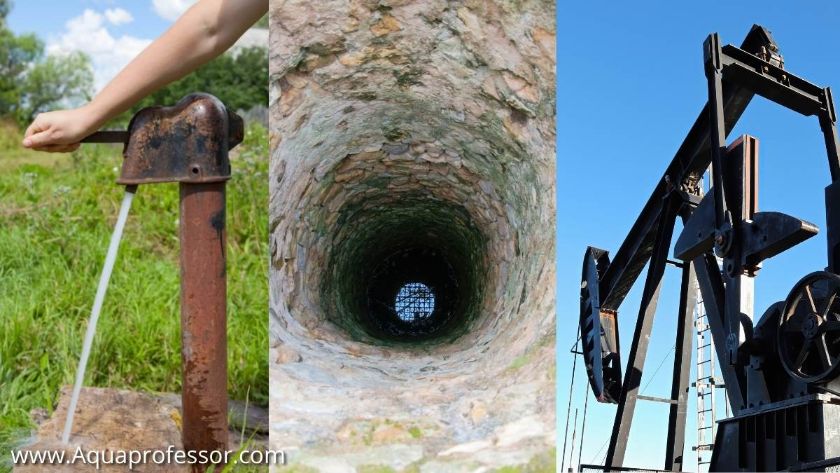
Has your well gone dry? Don’t sweat. Just follow these 3 easy steps.
How Fast Does Well Water Replenish: FAQs
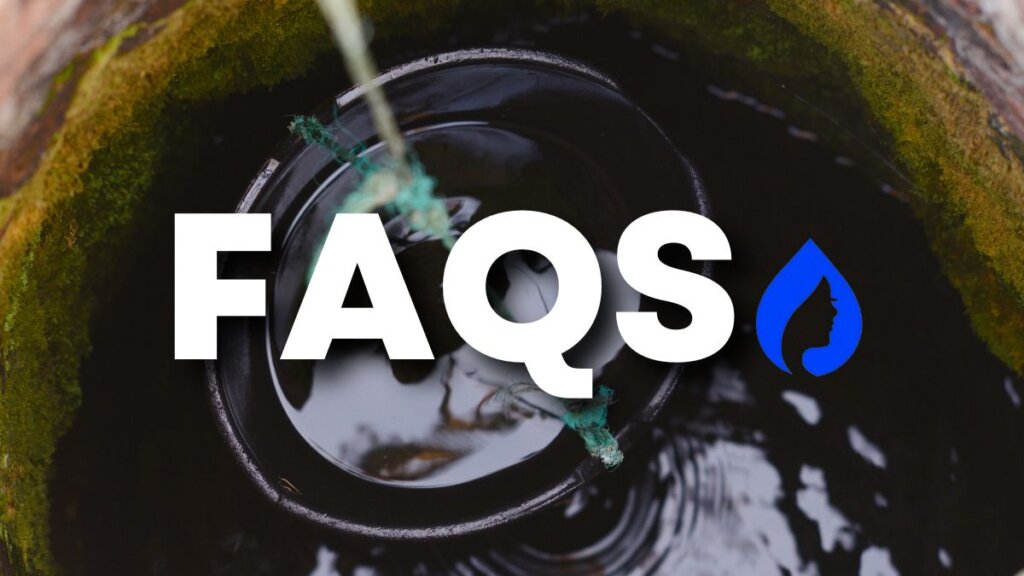
1. How long does it take for a well to refill?
On average, wells can recover and refill at a rate of 5 gallons per minute. After being drained, it might take well up to two hours to refill.
2. How much water can your well produce per day?
Wells, on average, your well can produce 600 gallons of water daily.
3. How does a well refill with water?
A well contains a vertical hole. This is connected to the underground aquifer or some water source. Once the available water is used up, the underground water travels upward and fills to the water table level.
4. How long can I run water on a well?
You can run your well for several hours a day.
5. Can you drink from a shallow well?
No, well water may not be safe to drink from it directly. Get the water, treat it with a cleaner, and only drink it.
Sayan understands that access to clean water doesn’t have to be costly.
He strives to provide knowledge of water purification techniques in the simplest way possible so that we can lead a healthy life without breaking our bank.
